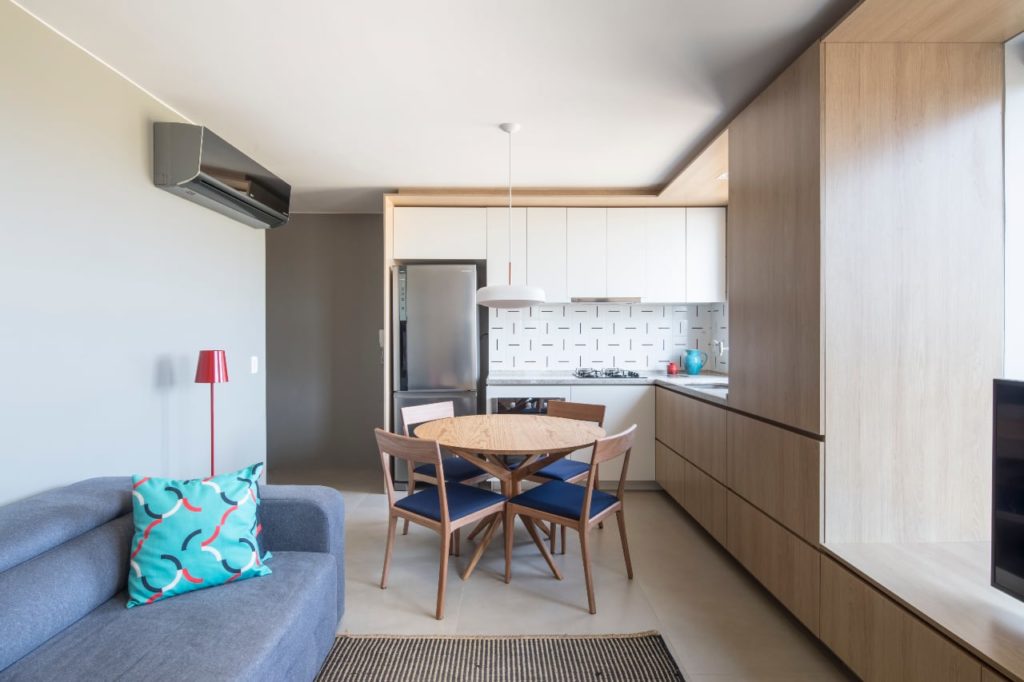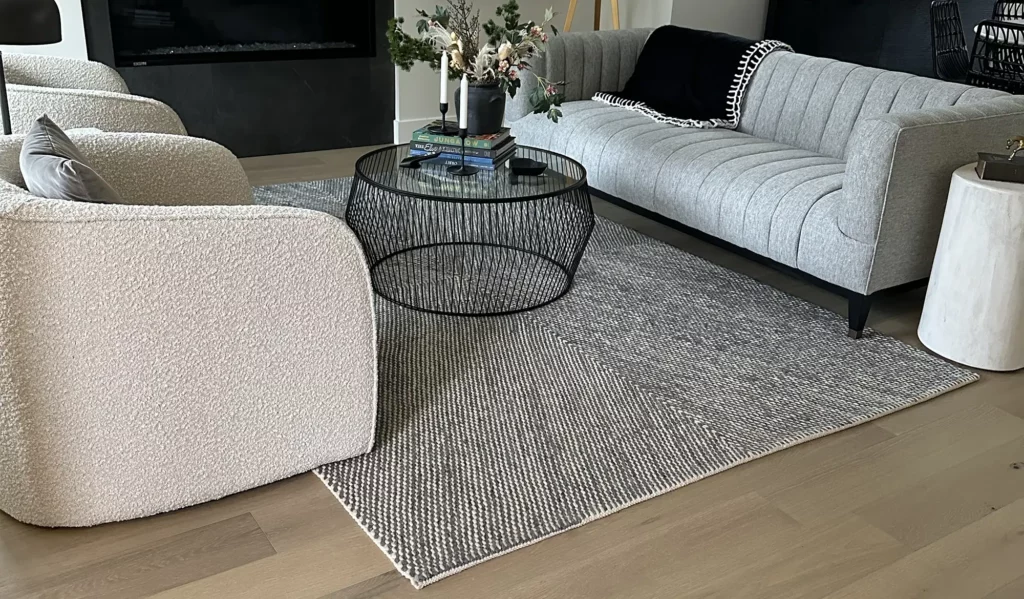
Embarking on a home renovation can be both thrilling and overwhelming. Whether you're revamping a room or giving your abode a facelift, it's crucial to tackle the project with a well-thought-out plan and practical expectations. Below is a guide to steer you through the renovation journey, starting from brainstorming to final embellishments.

1. How should I kick off my home improvement undertaking?
Start by envisioning the outcome you desire. Identify which areas of your home require enhancements and establish your objectives for the renovation. Are you aiming to boost your property’s value, improve its functionality, or simply refresh its appeal? Here is one suggested approach for embarking on a home makeover.
2. What will be the estimated cost of renovating my dwelling?
Renovation expenses can vary based on the project's scale and the materials chosen. It's essential to set a budget and adhere to it diligently. Consider obtaining quotes from contractors to gauge a cost range.
3. How do I select a contractor for my project?
Seek out a contractor with expertise in home renovations. Verify their references, peruse reviews, and ensure they hold licensing and insurance. It's also a good idea to arrange meetings with contractors to discuss your project and assess their professionalism and communication skills.
1. Planning and Budgeting
Begin by outlining your renovation objectives and establishing a budget. Take into account the expenses for materials, labor, permits, and any unforeseen costs. It's advisable to allocate a 10-20% buffer to your budget for unexpected expenditures.
2. Designing Your Space
Collaborate with a designer or architect to develop a detailed plan for your renovation. This plan should encompass floor plans, elevations, and any necessary structural modifications. A well-crafted design can help avoid errors and ensure the feasibility of your vision.
3. Obtaining Permits
Prior to commencing any construction activities, verify with your local authorities if permits are required for your renovation project. Permits guarantee that your project adheres to building codes and regulations, which are crucial for safety reasons and the resale value of your property.
4. Engaging a Contractor
Select a contractor specializing in home renovations. A local contractor will possess knowledge of the area’s building codes and regulations, as well as insights into local suppliers and materials. Make sure your contractor provides a contract that clearly outlines the scope of work, project timeline, and payment schedule.
Step 5: Demolition and Building
Once all plans are finalized and necessary permits are secured, the renovation work can kick off. This phase involves activities like demolition, framing, plumbing, electrical installations, and other structural modifications. Stay in contact with your contractor to keep updated on the progress and handle any issues promptly.
Step 6: Finishing Touches
After completing the major construction work, shift your focus to finishing touches such as painting, flooring installation, and fixture placements. This is also the time to add personal touches that give your home a cozy feel.

We’re eager to hear about your renovation adventures! Feel free to share your tips and anecdotes in the comments section. Any questions? Don’t hesitate to ask!
If you found this guide helpful, don’t forget to share it with your friends and family who might be working on their home renovation projects.
Make sure to check back for updates and new tips to help you stay on track with your renovation project. We are dedicated to offering you up-to-date information and tools to ensure your home renovation is a triumph.
By following these steps and strategies, you’ll be well on your way to a successful home renovation. Remember, careful planning, effective communication, and flexibility are key throughout the process. Wishing you all the best with your renovations!
comments